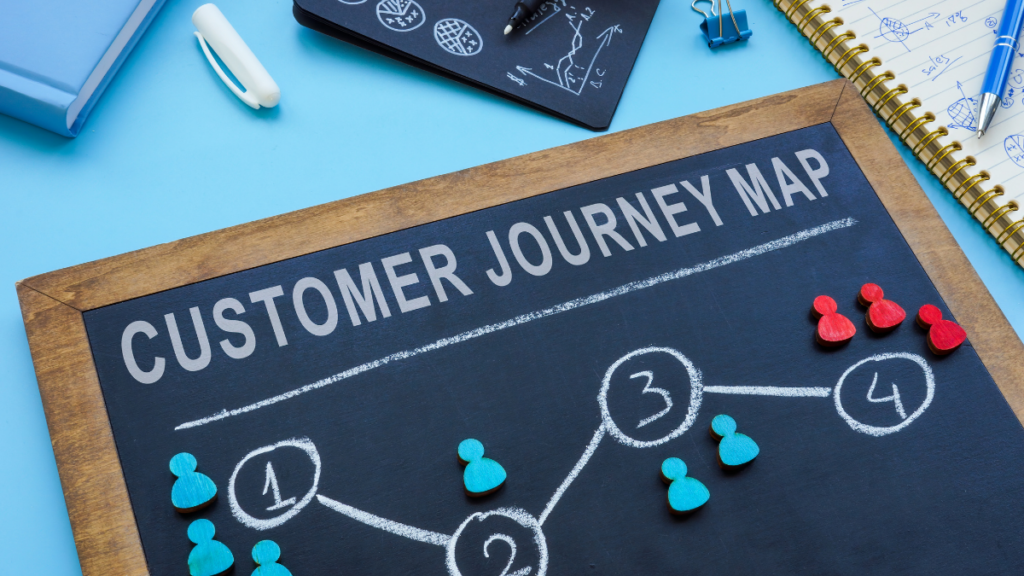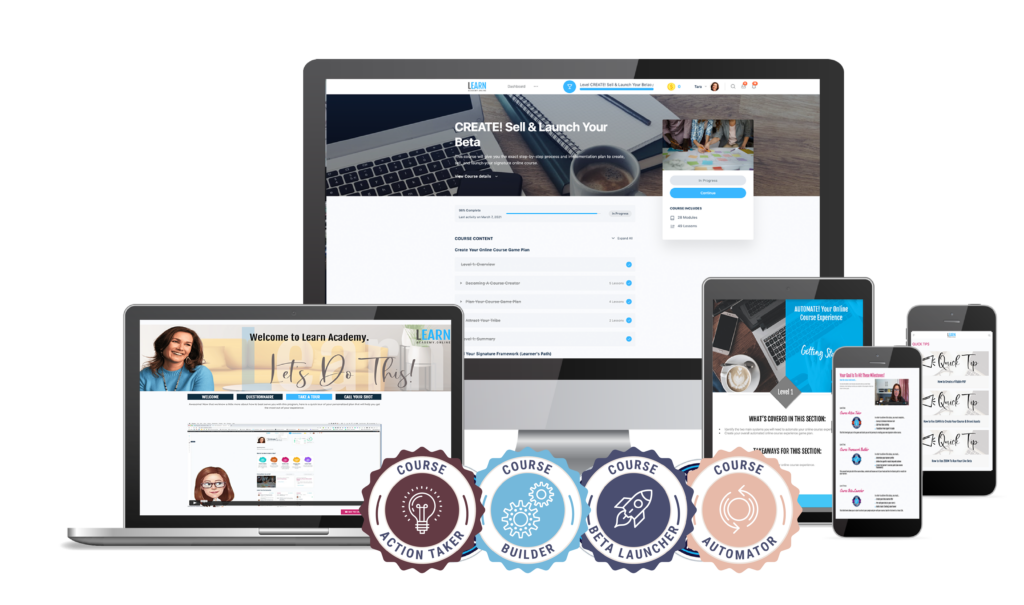4 Key Steps to Creating Customers for Life
Introduction
Retaining customers is critical for the long-term success of any business. Most likely you are spending a lot of $$ and time acquiring customers. One of the easiest ways to build your business is to keep the customers you have.
Unfortunately, the world is more distracted, busy and attention-deprived. In fact, humans now have an attention span that is lower than a goldfish- scary.
The good news is that there is a key retention strategy that can not only optimize your customer experience but it gives you a map to use tech and systems so that you can provide a consistent experience while maximizing your time!
This key strategy to build a customer journey map. This map outlines the entire experience your customers have with your business, from their first interaction to becoming raving fans.
By understanding and optimizing each stage of this journey, you can create customers and profits for life.
Here’s how to create an effective customer journey map.
Step 1: Know Your Customer
Before you can map out the journey, you need to really know who your customers are. This involves:
- Creating Customer Personas: Develop detailed profiles of your ideal customers, including their demographics, goals, challenges, and preferences.
In our agency, we used to hang up life size posters of the avatar we were building programs for – it kept us focused on WHO was going to benefit, not the tactics, details or information that comes with creating something.
- Gathering Customer Feedback: Use surveys, interviews, and reviews to gain insights into your customers’ experiences and expectations.
Step 2: Identify Key Touchpoints
Touchpoints are the interactions customers have with your business. Identify these touchpoint to understand where and how customers engage with you. We call this Control the Dip™.
Common touchpoints include:
- Before they become a customer:
- Website Visits: First impressions and navigation experience.
- Social Media Interactions: Engagements and responses on social platforms.
- Customer Support: Inquiries and problem-solving experiences.
- Purchasing Process:
- Purchases: The buying process and post-purchase follow-up.
- Customer Experience:
- Onboarding
- Journey through the experience
- Milestone Achievements
- Next Steps
- Retention & Ascension:
- Keeping them engaged
- The Next Step or Offer
Step 3: Match Your Signature Methodology to the Customer’s Journey Map
Outline the current journey your customers take from the initial sale to the final goal (e.g., repeat purchases or advocacy). This includes:
- Stages of the Journey: Awareness, consideration, purchase, delivery, retention, and advocacy.
- Customer Actions: What customers do at each stage
- Emotions and Pain Points: How customers feel and the challenges they face at each stage.
Step 4: Identify Gaps and Opportunities
Analyze the current journey to identify gaps and opportunities for improvement. Consider:
- Pain Points, Obstacles and Hurdles: Areas where customers experience frustration or difficulties.
- Drop-Off Points: Stages where customers are most likely to leave the journey.
- Opportunities for Enhancement: Ways to exceed customer expectations and add value.
Step 5: Design the Ideal Journey
Based on your analysis, design the ideal customer journey. This includes:
- Optimizing Touchpoints: Improve interactions at each touchpoint to ensure a seamless experience.
- Personalizing the Journey: Tailor the experience to meet the specific needs and preferences of different customer segments.
- Enhancing Customer Support: Provide proactive and responsive support to address customer issues promptly.
Step 6: Implement and Monitor
Put your ideal journey into practice and continuously monitor its effectiveness. This involves:
- Using Technology: Implement automation and delivery systems and analytics tools to track customer interactions and satisfaction.
- Gathering Continuous Feedback: Regularly ask for customer feedback to understand their evolving needs and perceptions.
- Adjusting Strategies: Make data-driven adjustments to your journey map based on feedback and performance metrics.
Call to Action
Are you ready to enhance your customer experience and create raving fans? Start by understanding your customers and identifying key touchpoints. If you need support and guidance, check out LEARN Academy. We’ll help you design and implement a personalized customer journey that drives satisfaction and retention.







